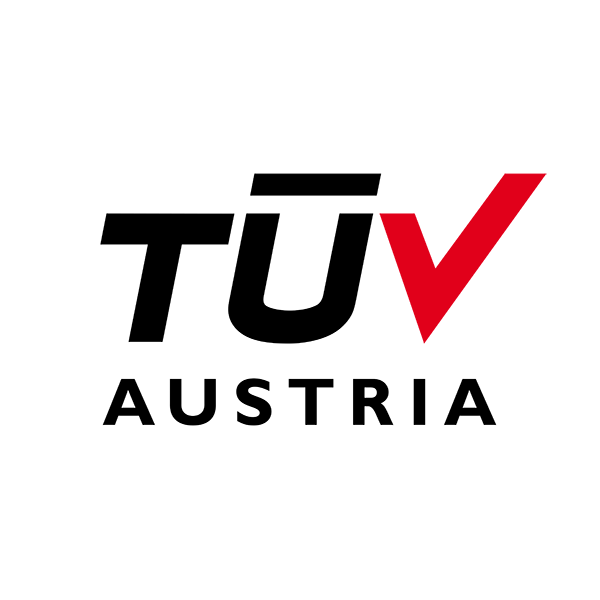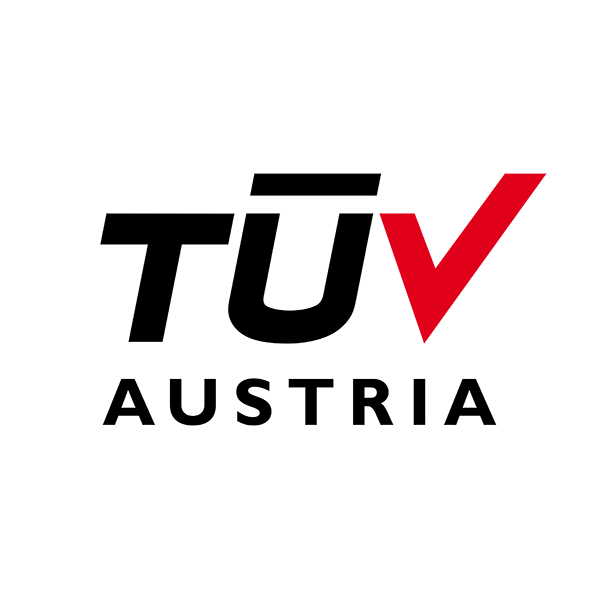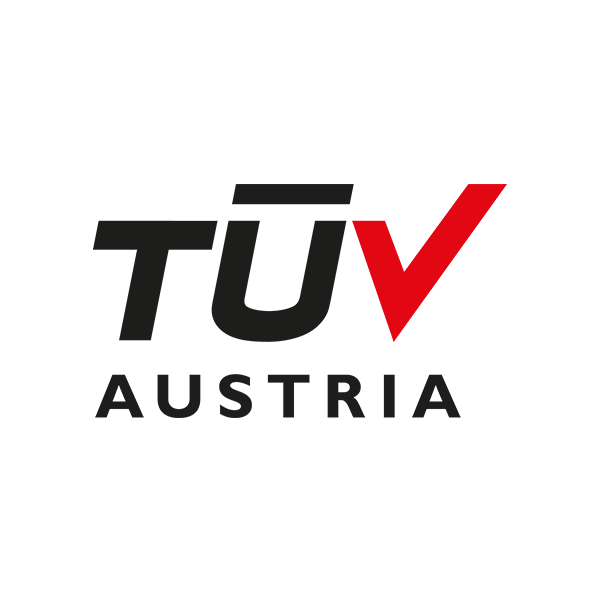Solution: EU ETS
Solution: EU ETS
EU Emissions Trading System (ETS)
The European Union Emissions Trading System (EU-ETS) is a cornerstone of the EU’s policy to combat climate change and a key tool for reducing industrial greenhouse gas emissions cost-effectively. Under the EU-ETS, companies are required to monitor and report their emissions annually.
It is the first and biggest system for trading GHG emission allowances, based on a “cap and trade” principle. The cap refers to the limit set on the total amount of GHG that can be emitted by installations and operators covered under the scope of the system.
Key aspects of EU ETS verification
- GHG Emissions Quantification: The system provides methodologies for calculating greenhouse gas emissions from various sources, including direct emissions from production processes and indirect emissions from energy use.
- Monitoring Plan: Organizations are required to develop a monitoring plan that details how they will measure and report their emissions. This plan must be approved by the competent authority and include information on the data collection process, calculation methods, and quality assurance procedures.
- Reporting: Participants in the EU ETS must submit annual emissions reports that detail their total GHG emissions for the year. These reports must follow the guidelines set out in the Monitoring and Reporting Regulation (MRR) to ensure consistency and transparency.
- Verification Process: The emissions reports must be verified by an independent accredited verifier to ensure accuracy and completeness. The verification process involves checking the reported data against the monitoring plan and other relevant documentation to confirm its reliability.
Applicability
EU ETS encompasses over 11,000 power stations and industrial plants across 31 countries, along with major airlines operating in Europe. It plays a critical role in reducing greenhouse gas emissions cost-effectively by enabling the trading of emission allowances. Participation is mandatory for companies operating within the sectors it covers. However, in certain sectors, only installations above a specific capacity threshold are subject to the system’s requirements. In particular, the EU ETS applies to the following sectors:
- Energy: Including power stations and combustion plants.
- Industry: Such as oil refineries, steel works, and production of cement, glass, and chemicals.
- Aviation: Covering flights within the European Economic Area (EEA).
- Maritime: Since 2024, the maritime transport sector is also included.










